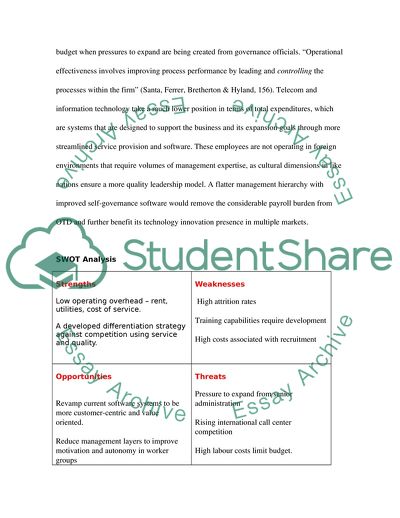Cite this document
(Human Resources and Information Technology in OTD Inc Case Study, n.d.)
Human Resources and Information Technology in OTD Inc Case Study. Retrieved from https://studentshare.org/human-resources/1745673-otd-inc-reccomendation
Human Resources and Information Technology in OTD Inc Case Study. Retrieved from https://studentshare.org/human-resources/1745673-otd-inc-reccomendation
(Human Resources and Information Technology in OTD Inc Case Study)
Human Resources and Information Technology in OTD Inc Case Study. https://studentshare.org/human-resources/1745673-otd-inc-reccomendation.
Human Resources and Information Technology in OTD Inc Case Study. https://studentshare.org/human-resources/1745673-otd-inc-reccomendation.
“Human Resources and Information Technology in OTD Inc Case Study”. https://studentshare.org/human-resources/1745673-otd-inc-reccomendation.


